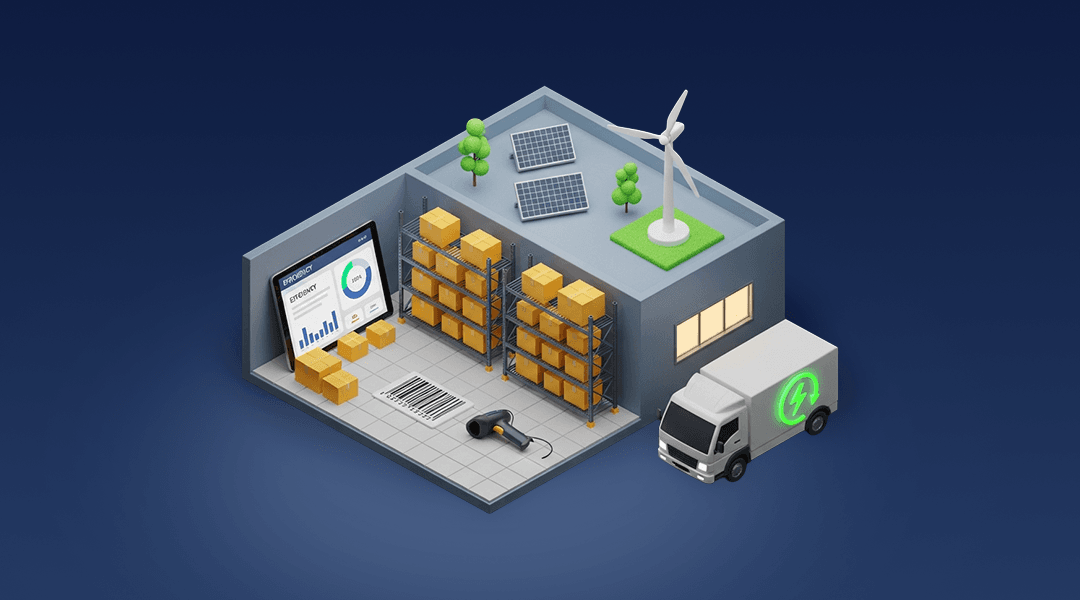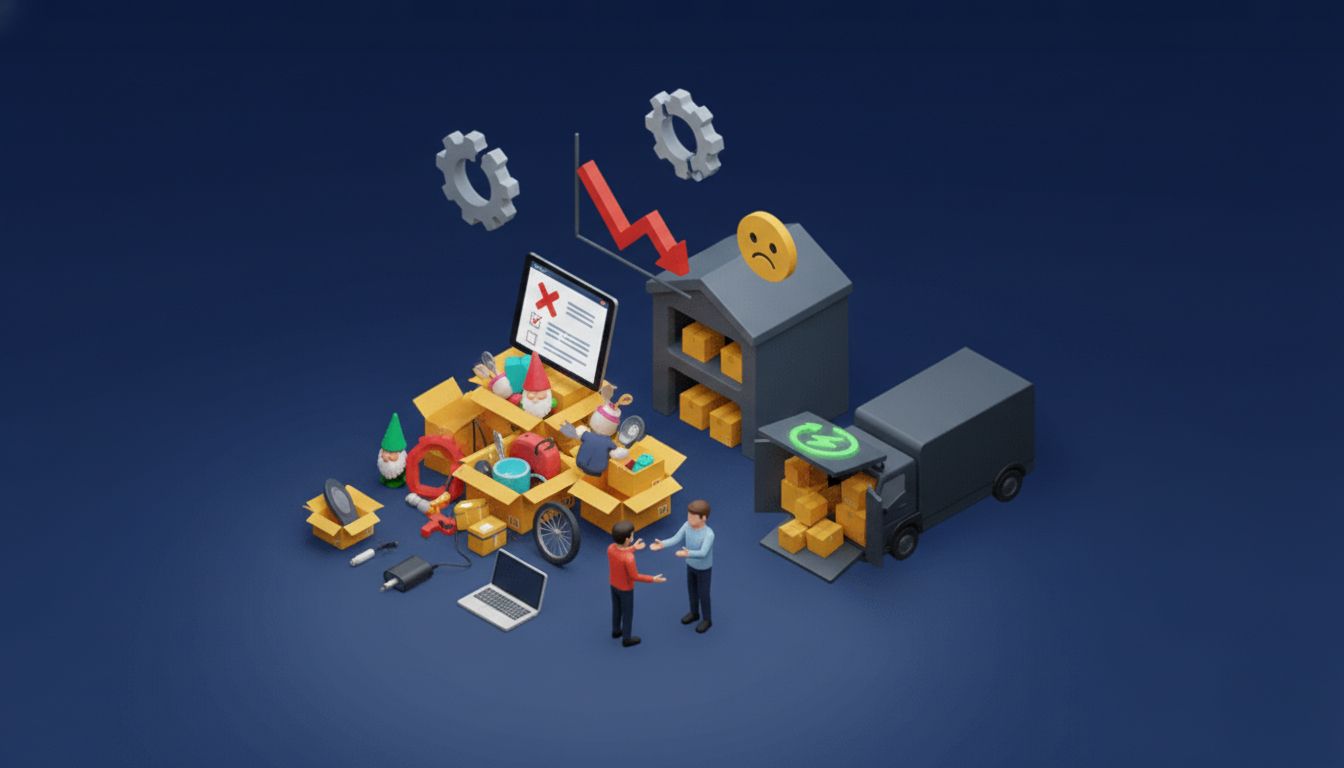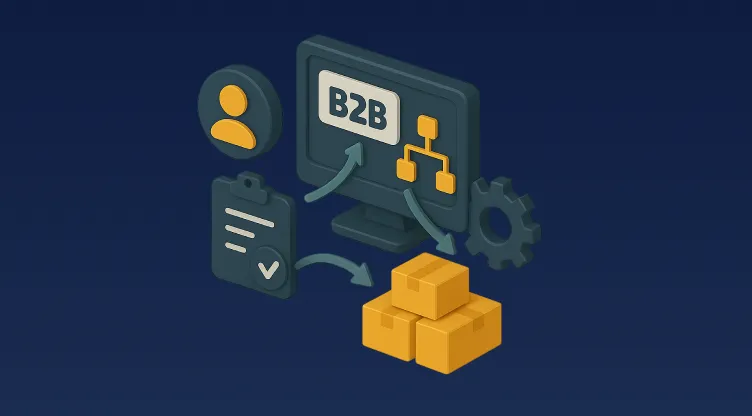Returns Management for Damaged Goods | Streamline Inspections & Refunds in MENA

Table of Contents
Fast Facts at a Glance – Your Logistics Lifesaver List
- Customers in MENA expect prompt returns and clear refund policies—especially when items are damaged.
- A streamlined inspection workflow is critical to ensure quick and fair assessments.
- Offering partial refunds can enhance customer loyalty while preserving profit margins.
- Advanced reverse logistics systems reduce operational waste and speed up resolutions.
- Integrating return management with your OMS and WMS ensures real-time visibility.
- Reverse logistics is now a strategic asset—not just a post-sale headache.
- Omniful’s returns system supports grading, inspections, and real-time refund synchronisation with marketplaces.
The Rise of Returns in Modern Supply Chains
In the fast-paced world of e-commerce and omnichannel retail, returns are no longer an afterthought. They're a critical piece of the customer experience and the brand’s operational backbone. Particularly in the MENA region, where consumer expectations are evolving rapidly, the ability to process returns efficiently—including damaged items—is a key differentiator.
According to a report by PwC Middle East, over 70% of online shoppers in the GCC consider easy returns a deciding factor when choosing a brand. And in the age of TikTok trends and same-day deliveries, a clunky return experience can lead to negative reviews and loss of trust.
Returns management has matured beyond simple logistics. It now demands a data-driven, automated and customer-centric approach—especially when dealing with damaged goods.
Understanding the Nature of Damaged Returns
Damaged returns can result from:
- Inadequate packaging
- Mishandling during last-mile delivery
- Product defects at the source
- Environmental conditions (especially relevant in extreme GCC climates)
Key challenge: How do you verify these issues efficiently, ensure fairness, and avoid return fraud—without slowing down operations?
Why Inspection Workflow Is the Backbone of Damage Returns
A well-structured inspection process helps determine:
- The extent of damage
- Whether the damage is eligible for a full or partial refund
- If the item can be refurbished or needs to be discarded
- How frequently such incidents occur—feeding insights into supply chain optimisation
Best Practices for an Inspection Workflow:
- Barcode Scanning at return intake
- Visual Grading against predefined damage criteria
- Digital Documentation including photographs and timestamps
- Status Syncing with inventory and order management systems
- Automated Triggers for refunds or replacements
With a system like Omniful, the entire process can be digitised from start to finish—including item grading, integration with marketplaces for refund automation, and internal audit trails for traceability.
Managing Partial Refunds: Fairness Meets Finance
In many cases, issuing a partial refund is the most balanced approach:
- Customers feel compensated for their inconvenience.
- Sellers avoid absorbing full losses, especially if damage is minor or subjective.
- Returns departments reduce write-offs by reselling or repurposing salvageable goods.
Scenarios That Warrant Partial Refunds:
- Slight cosmetic damage that doesn’t affect usability
- Minor defects where repair cost is lower than full replacement
- Delays causing time-sensitive products to lose value
Using integrated return systems, companies can automatically calculate and apply partial refunds based on inspection data. Omniful's returns module supports real-time sync with sales channels to ensure customers receive their refunds without friction.
The Power of Reverse Logistics in Supply Chain Optimisation
Reverse logistics isn’t just about returns; it’s about building resilience.
Companies that master returns management experience:
- Lower operational costs through reusability and refurbishment
- Higher customer retention rates
- Better vendor accountability, thanks to defect tracking
- Smarter inventory allocation, with quicker restocking or liquidation paths
In fact, McKinsey reports show that businesses optimising their reverse logistics can recover up to 32% of product value from returned or damaged inventory.
Real-Time Integration: Returns + Inventory + Order Systems
To truly optimise your damage return process, integration is essential.
A disconnected system results in:
- Stock discrepancies
- Refund delays
- Poor customer communication
- Missed insights into recurring defects
With an end-to-end platform like Omniful, retailers and logistics teams gain:
- Live tracking of return reasons and statuses
- Instant stock adjustments post-inspection
- Centralised return data to feed into demand planning
- Cross-platform refund automation with online marketplaces
This level of integration ensures that damaged goods don’t disrupt your operations—but instead fuel continuous improvement across the supply chain.
Return Hubs, Doorstep Pickups & Omnichannel Flexibility
One size doesn’t fit all.
Retailers today must support diverse return models, such as:
- BORIS (Buy Online, Return In Store)—suitable for omni-retailers with physical locations
- Reverse logistics pickup from doorstep—ideal for pure-play e-commerce brands
- Hub-based return management—essential for 3PLs managing multiple clients
Omniful’s platform supports all these workflows, allowing businesses to scale and customise return models based on regional preferences and channel demands.
Protecting Margins While Preserving Experience
While it's tempting to think of returns—especially damaged goods—as a sunk cost, smart businesses are flipping the narrative.
Here's how to strike the balance:
- Automate wherever possible to reduce manpower costs
- Invest in quality inspection workflows to limit fraud
- Offer partial refunds or store credit instead of full refunds
- Use return insights to inform upstream improvements (e.g., better packaging, alternative last-mile providers)
Returns should be seen not just as a cost centre, but as a brand-defining opportunity.
Key Features of an Intelligent Returns System (Omniful Case Study)
Omniful’s enterprise-grade Returns Management System is tailor-made for the modern MENA logistics ecosystem:
- Damage Inspection & Grading: Structured workflows at hubs or on-site pickup
- Partial Refund Automation: With sync to all major e-commerce platforms
- Reverse Logistics Support: Including failed delivery handling
- Returns APIs: For real-time reporting and status updates
- BORIS and doorstep flexibility
- Inventory reconciliation upon returns
- End-to-end visibility across OMS, WMS, and TMS
Whether you're a D2C brand scaling fast or a 3PL serving thousands of customers, Omniful provides the tools to turn damaged returns into a strategic asset.
FAQs: Returns Management for Damaged Items
What is the first step in handling a damaged return?
Inspection. This ensures accurate grading and refund decisions.
Should I offer full or partial refunds for minor damage?
Partial refunds are best when functionality is unaffected but aesthetics are compromised.
How can I automate refund processes?
Use a system like Omniful that integrates with sales channels and auto-triggers refunds post-inspection.
Is reverse logistics viable for small businesses in MENA?
Absolutely. With modular platforms, even SMEs can now leverage return automation without major investment.
How do returns influence supply chain planning?
Return data reveals packaging flaws, supplier defects, and transportation issues—feeding into smarter procurement and operations.
Final Thoughts: Turning Returns into Revenue
Returns—especially damaged goods—don’t have to be a liability. With the right tech stack and workflows, they can be a revenue-saving mechanism, a quality control checkpoint, and a brand loyalty builder.
By embracing automation, partial refunds, and structured inspection workflows, MENA-based retailers and logistics firms can not only survive returns—but thrive because of them.























